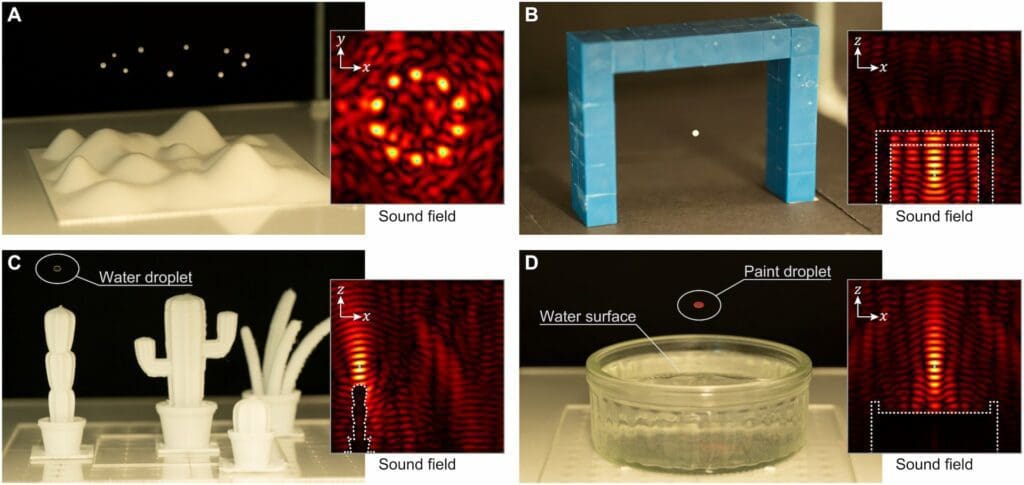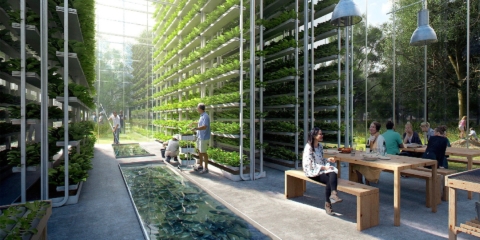Would you like to get notifications from Christian?
Go Digital
What happened? Who would have thought that sound could be used to levitate objects? It seems like something out of a science fiction movie! But this is actually what researchers at University College London (UCL) have been able to achieve. They have shown for the first time how sound can be used to levitate objects in the way that is traditionally seen in movies and TV shows. This opens up possibilities for more advanced interactive entertainment through virtual reality and mixed reality at theme parks, arcades, and museums.
Why is this important? This research is important because it has the potential to revolutionize virtual reality and improve upon current methods of manufacturing. The technique could also improve upon existing methods of printing by allowing manufacturers to build more sophisticated, multi-material objects as opposed to the layer-by-layer, single-material build approach that is currently used. Sound levitation has the potential to create fully immersive real-world simulations without the need for clunky headsets or goggles.

levitating-objects-wit-1-Christan-kromme-Speaker-Futurist
In what industries could this technology be used? The potential applications for this technology are vast and varied. Sound levitation has the potential to be used in virtual reality, gaming, manufacturing, and even healthcare. The possibilities are endless! We are excited to see what new innovations sound levitation will bring about in the future!
Do you think sound levitation is a step in the right direction? What other applications do you think this technology can be used for? Let us know your thoughts in the comments below!
Author: Christian Kromme
First Appeared On: Disruptive Inspiration Daily
Christian is a futurist and trendwatcher who speaks about the impact of exponential technologies like AI on organizations, people, and talents. Christian tailors his presentations to your audience's specific industries and needs.



Our world is changing at an exponential rate! A big tidal wave of digital transformation and disruption is coming at us fast. Many organizations see this wave as a threat and experience stress, but there are also organizations that just see this wave as an opportunity.

Imagine sitting with just 10-15 fellow executives at a premier location, gaining clarity on the impact of AI on your industry while enjoying an exquisite dining experience. These are not just meetings—they are transformative moments that will shape the future of your organization



In the future, 3D printing and generative design will allow for products to be designed in a more decentralized manner, and production will take place closer to the customer and fully on-demand. 3D printing technology will also allow for more customization and personalization of products.


The agricultural industry is ripe for disruption. Robotics, AI, and IoT are all technologies that have the potential to radically transform the way we grow food. In combination with vertical farming, these technologies could increase the efficiency and quality of agricultural products.

A human-centered society is one that puts people first and where technology is used to unite and empower people. It is a society that values biological life and dignity above all else. It is a society that recognizes the importance of human relationships and works to strengthen them. In a human-centered society, all members of the community are valued and treated with respect.


The future of healthcare is here. New technologies like AI, IoT, big data, and smart sensors make it possible to become the CEO of your own health. Imagine that your phone can listen to your voice and AI algorithms can detect small nuances in the tone of your voice that indicate specific diseases.
